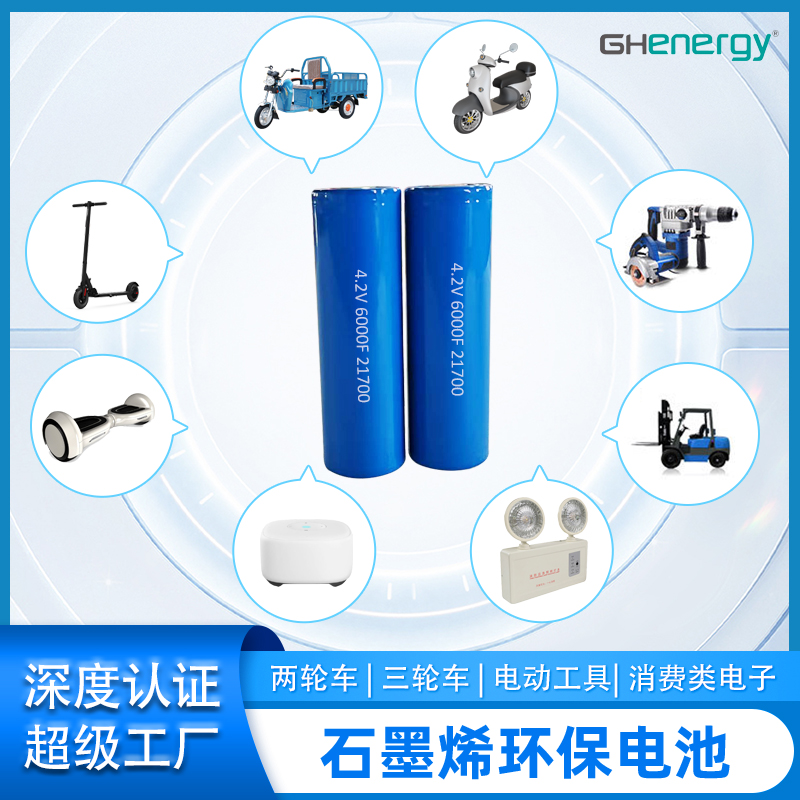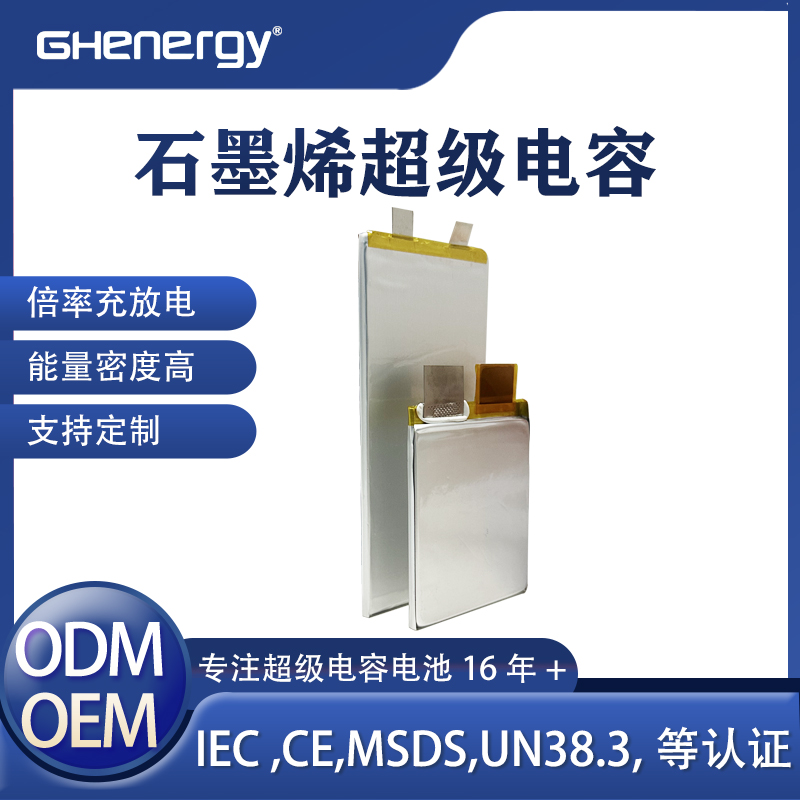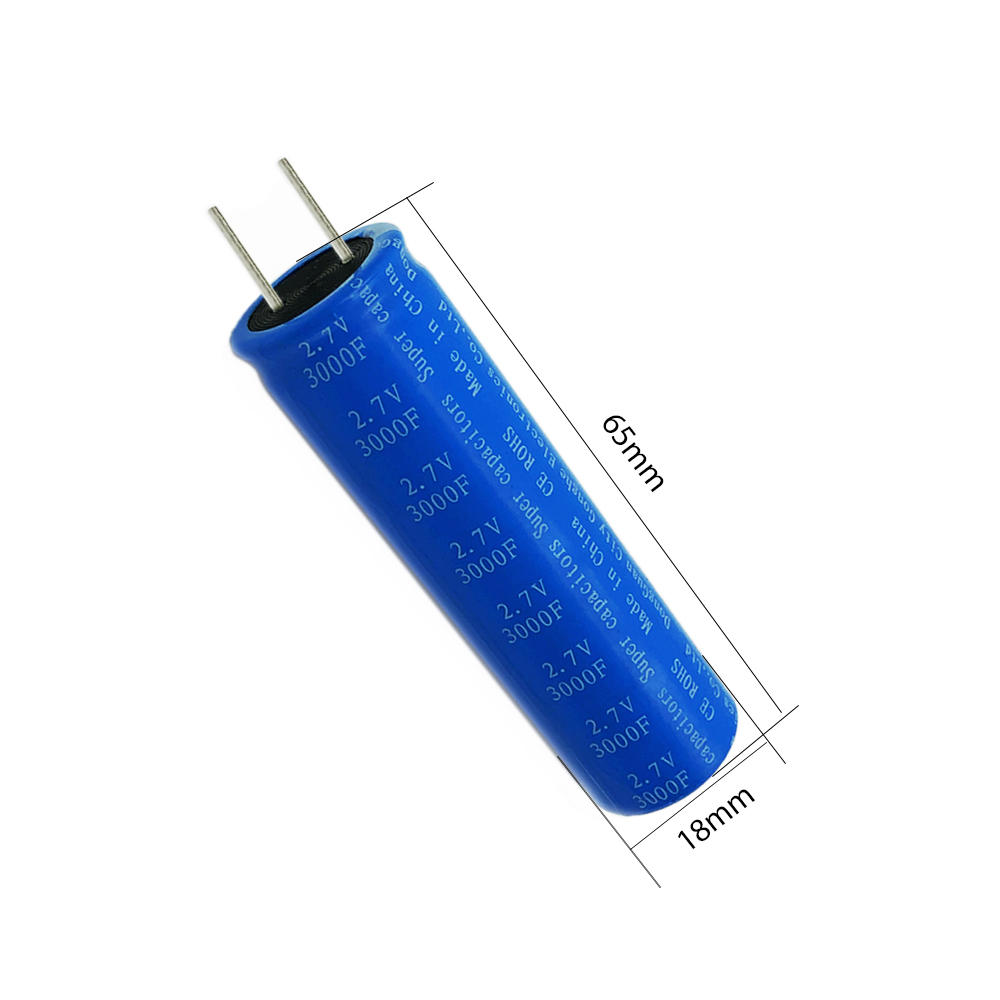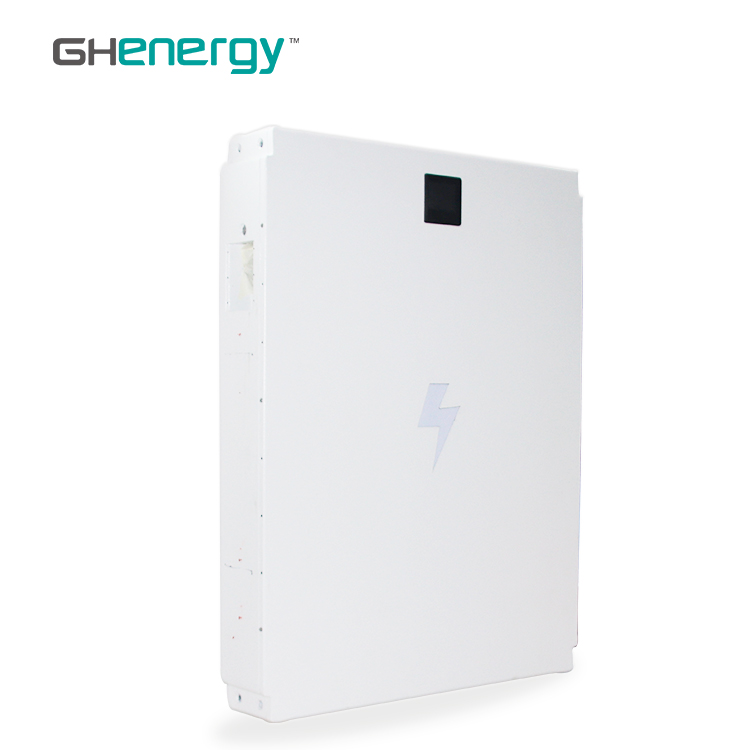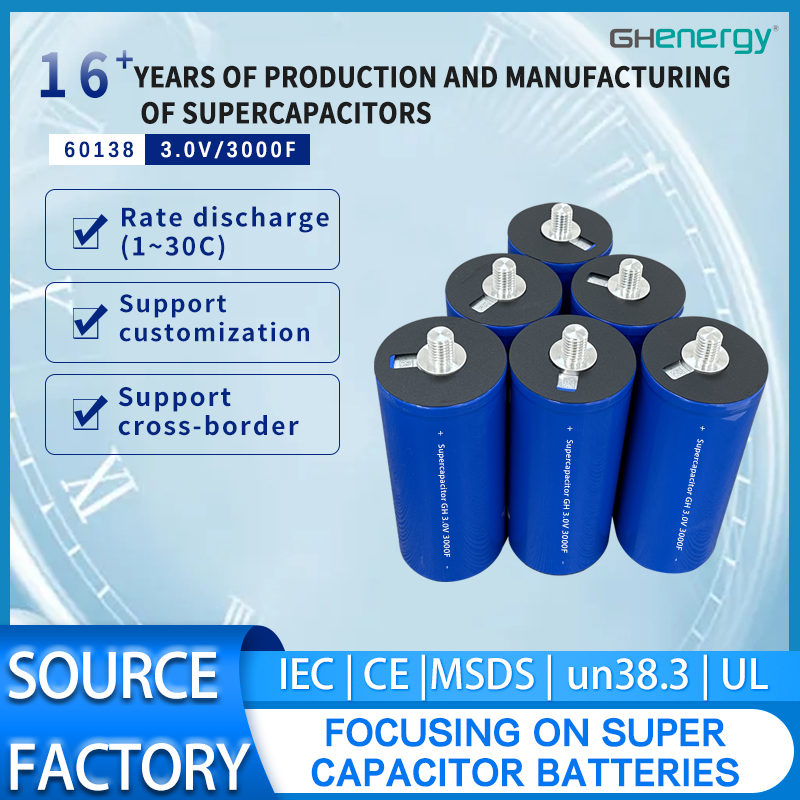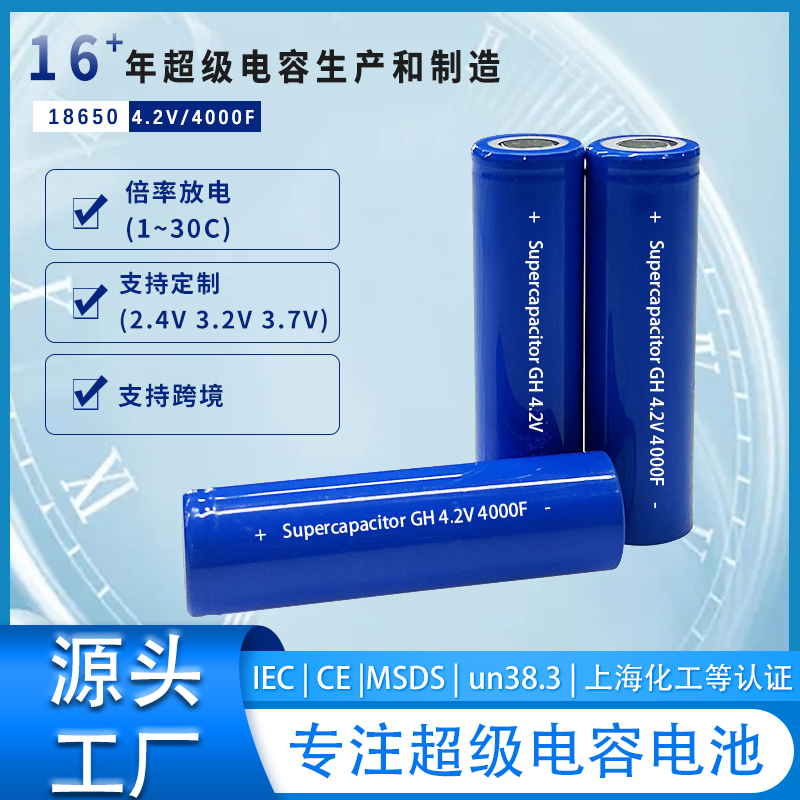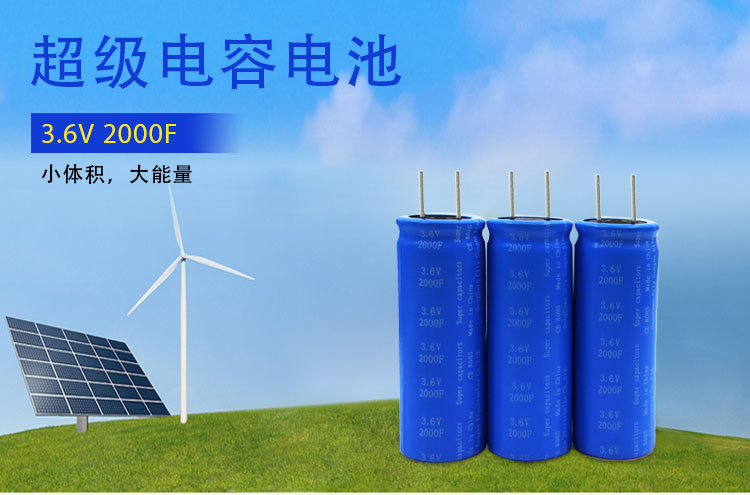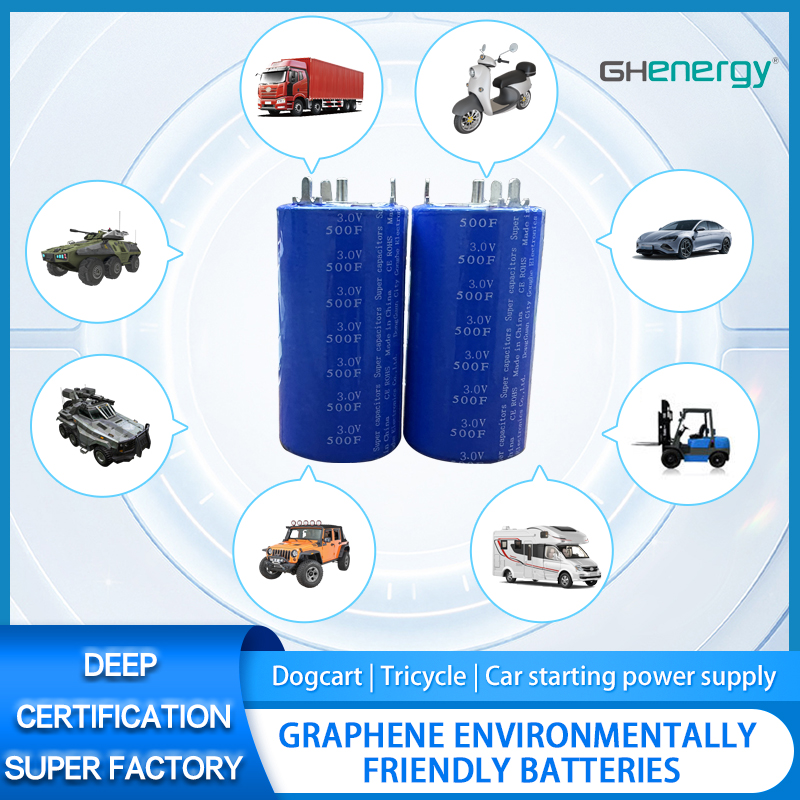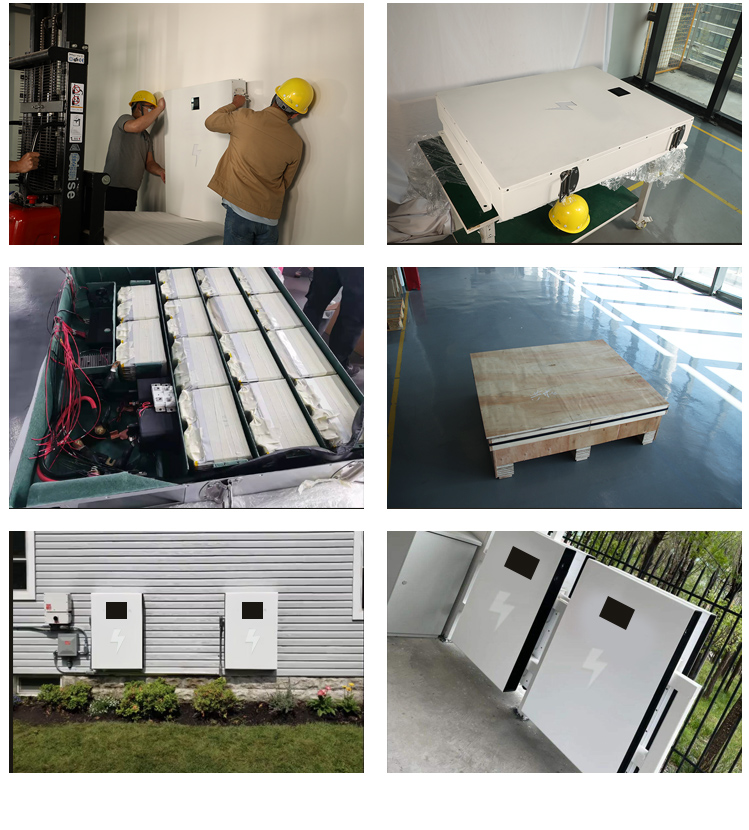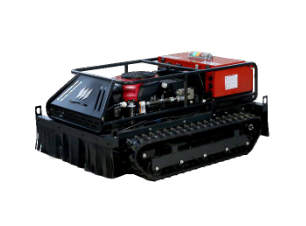Wedoany.com Report-Nov 16, Pacific Gas & Electric is deploying Atomic Canyon’s Neutron Enterprise solution at its 2,256-MW Diablo Canyon nuclear plant in what would be the first-ever on-site use of generative AI at a U.S. nuclear power facility, the companies said Wednesday.
Built and run on an NVIDIA AI platform, Neutron Enterprise will “transform document search and retrieval, and deliver significant cost savings and improved operational efficiency,” the companies said. The solution could dramatically reduce plant employees’ time spent searching Diablo Canyon’s vast records management system and eventually play a more direct role in nuclear plant construction and operations, executives at Diablo Canyon and Atomic Canyon told Utility Dive.
This initial deployment, set to begin in early 2025, previews a much wider range of potential use cases for generative AI at the plant, including data analysis, maintenance, operations, design and engineering functions, Diablo Canyon Vice President of Business and Technical Services Maureen Zawalick said.
Diablo Canyon’s records management system has millions of pages of documents from its more than 40 years of existence, many of which were converted to PDF from obsolete formats like microfiche, Atomic Canyon co-founder and CEO Trey Lauderdale told Utility Dive.
Searching and analyzing these records is far more complicated and time-consuming than a typical Internet query.
An operational issue at the plant might necessitate “hours or days of work” to search the records management system for relevant terms, download data to Excel and create equations to analyze the information, all as preamble to the development and implementation of a solution to the problem, Zawalick said. A well-tuned AI solution could do much of the legwork in “seconds,” she added.
“[The question is] how can we maximize our human power toward decision-making and data analysis,” she said.
“This will help a lot for our maintenance strategy and our overall operational efficiency,” though PG&E won’t have hard data on time savings and avoided maintenance until the tool has been in use for some time, she added.
Neutron Enterprise is built on Atomic Canyon’s FERMI AI models, which the company developed specifically for the nuclear energy sector in collaboration with the U.S. Department of Energy’s Oak Ridge National Laboratory, PG&E and Atomic Canyon said Atomic Canyon’s earlier attempts to train more generalized large-language models on the 53 million pages of records in the U.S. Nuclear Regulatory Commission’s Agencywide Documents Access and Management System database were unsuccessful because the models struggled with the super-technical nuclear lexicon, Lauderdale said.
FERMI now “[delivers] results that are 40% more accurate and twice as efficient as existing solutions,” Atomic Canyon says.
Atomic Canyon took nearly a year to learn more about Diablo Canyon’s operational needs and train the FERMI models, whose optical character recognition capabilities allow them to read digitized documents, Lauderdale said. The company is now installing NVIDIA H100 graphics processing units at the plant to run Neutron Enterprise locally, he added.
Neutron Enterprise is reminiscent of an earlier Lauderdale venture in a highly regulated industry. Though a startup Lauderdale founded in the late 2000s to enable clinical healthcare communications via iPhone eventually gained traction with providers, it faced early pushback from health system administrators concerned about the regulatory and security implications, he recalled.
“People might be cautious when they hear that AI is going to help out at a nuclear power plant,” but records retrieval “is a low-risk environment,” Lauderdale said.
But Neutron Enterprise could eventually play a larger role in maintenance, operations, design and engineering functions at Diablo Canyon, serving as a “copilot” for plant employees in their day-to-day work, Zawalick said. Generative AI could also assist with cumbersome regulatory processes like those Diablo Canyon recently completed to extend its operational life to 2030, she added.
For its part, Atomic Canyon’s hopes for its nuclear AI solutions extend beyond existing plants. For example, improvements in computer vision and wearable augmented-reality devices could streamline onsite documentation requirements and reduce data-gathering errors during nuclear power plant construction, Lauderdale said.
“This is the first major announcement we’re making, but our goal is to be the leader in helping both the existing fleet and new construction,” he said. “We believe there is a path to safely use AI to help the entire nuclear industry.”
